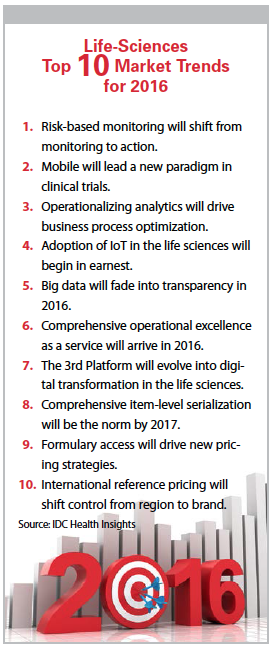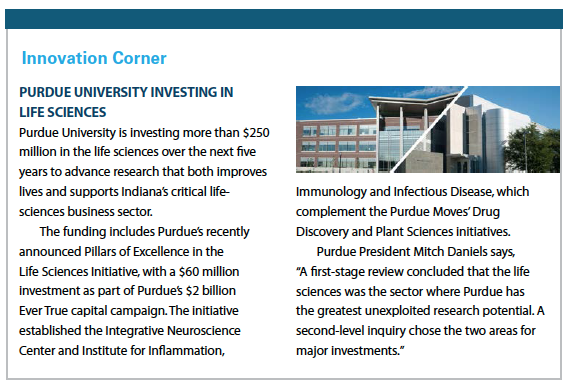Industry at Large
Astellas Partners with Aspiritech to Advance Opportunities for Adults with Autism
 By harnessing the strengths of adults with high-functioning autism — attention to detail, precision, an affinity for repetitive tasks, and outstanding technology skills — Aspiritech is providing software testing and other quality assurance services to Astellas in a wide range of tech capacities.
By harnessing the strengths of adults with high-functioning autism — attention to detail, precision, an affinity for repetitive tasks, and outstanding technology skills — Aspiritech is providing software testing and other quality assurance services to Astellas in a wide range of tech capacities.
Aspiritech is a nonprofit organization that offers employment for high-functioning individuals on the autism spectrum.
The collaboration began in the spring of 2015, when the Astellas People Living and Astellas’ IT department began working with Aspiritech’s test engineers, who operate at the organization’s headquarters in Illinois.
Comic Relief and GSK Partner to Fight Malaria
A five-year partnership to fight malaria and improve health in five countries that are the worst affected by the disease has been launched by Comic Relief and GSK. The two organizations are teaming up in support of global efforts to strengthen health systems’ capabilities to fight malaria, a disease that still claims almost half a million lives every year, mostly in children under five in sub-Saharan Africa.
A new fund — created through a £17 million donation from GSK and £5m from Comic Relief — will provide targeted grants to organizations on the frontline, tackling malaria and improving health.
Then and Now…
Direct-to-Consumer Advertising
While direct-to-consumer advertising of prescription drugs has been around in some form for some time — the earliest DTC ads urged patients to see their doctors about a condition — pharma companies increased their use after the FDA released a draft guidance on broadcast advertisements in 1997. This guidance eased some of the restrictions on DTC advertising.
 In the first issue of PharmaVOICE in July 2001, we reported that DTC advertising grew from $200 million in 1995 to $1.5 billion in 1999. Since then, spending on consumer advertising has soared. Drugmakers now spend $4.5 billion per year on magazine and television commercials promoting their drugs, according to Kantar Media.
In the first issue of PharmaVOICE in July 2001, we reported that DTC advertising grew from $200 million in 1995 to $1.5 billion in 1999. Since then, spending on consumer advertising has soared. Drugmakers now spend $4.5 billion per year on magazine and television commercials promoting their drugs, according to Kantar Media.
But not everyone sees DTC as a positive move. In fact, the American Medical Association in November called for a ban on such advertising to make drugs more affordable. The AMA cited concerns that the ads are driving demand for expensive treatments despite the clinical effectiveness of less costly alternatives.
This comes in the wake of increased scrutiny of the industry over pricing issues. Last fall, the Kaiser Family Foundation released a report saying that the high cost of prescription drugs remains the public’s top healthcare priority. In the past few years, prices on generic and brand-name prescription drugs have steadily risen and experienced a 4.7% spike in 2015, according to the Altarum Institute Center for Sustainable Health Spending.
Top Predictions for 2016
 1Drug pricing and biosimilars in light of the upcoming presidential election. Drug pricing is expected to be a huge topic with candidates sharing proposals to address this issue. This will also likely bring continued attention to biosimilars.
1Drug pricing and biosimilars in light of the upcoming presidential election. Drug pricing is expected to be a huge topic with candidates sharing proposals to address this issue. This will also likely bring continued attention to biosimilars.
2The revenge of the DTC ad. As it becomes more and more important to prove a drug’s worth, pharmaceutical companies are increasingly pouring money into direct-to-consumer ads. But this type of investment may bring on controversy in 2016.
3Business models will continue to change. Deal making M&A will stay at a high level in 2016 thanks, in some part, to inversion. Acquisitions of biotechs will also be an interesting space to watch in 2016, especially in terms of valuations.
4Pharma companies will look to unlock the potential of gene editing. But the question of how businesses can take advantage will be at the forefront, specifically as it progresses from being a research/screening tool to one that promises important applications in drug development, cell therapy, and bioprocessing.
5Precision medicine momentum will continue. Thanks to a $215 million investment in the President’s 2016 budget, which raises hopes of providing drug developers with greater insights into the biological, environmental, and behavioral influences on diseases.
Source: Trinity Partners
Innovation Corner
Purdue University Investing in Life Sciences
Purdue University is investing more than $250 million in the life sciences over the next five years to advance research that both improves lives and supports Indiana’s critical life- sciences business sector.
The funding includes Purdue’s recently announced Pillars of Excellence in the Life Sciences Initiative, with a $60 million investment as part of Purdue’s $2 billion Ever True capital campaign. The initiative established the Integrative Neuroscience Center and Institute for Inflammation, Immunology and Infectious Disease, which complement the Purdue Moves’ Drug Discovery and Plant Sciences initiatives.
Purdue President Mitch Daniels says, “A first-stage review concluded that the life sciences was the sector where Purdue has the greatest unexploited research potential. A second-level inquiry chose the two areas for major investments."(PV)
CONTRIBUTED ARTICLE
Ten Ways to Derail a Clinical Trial
Provided by: Fisher Clinical Services
eBook
Using Smarter Testing Strategies to Optimize Clinical Protocol Development
Provided by: ACM Global Central
Laboratory
Podcast
Endpoint Based Protocol Development: An Outcomes Based Approach to Clinical Trial Testing
Provided by: ACM Global Central
Laboratory
White Paper
The Digital Health Debate
Provided by: Cello Health Insight


















